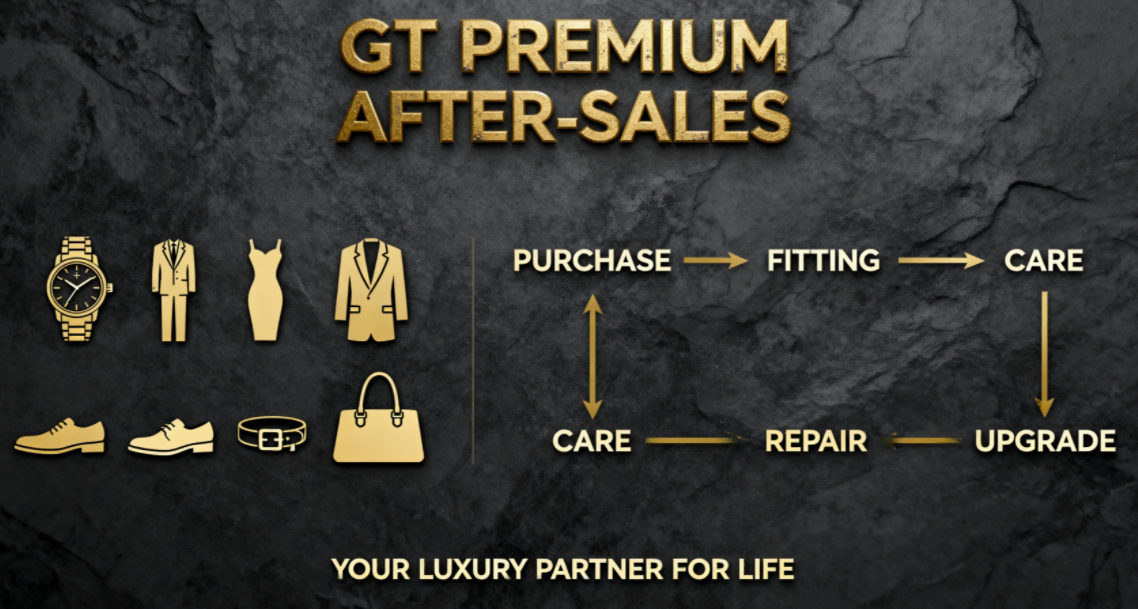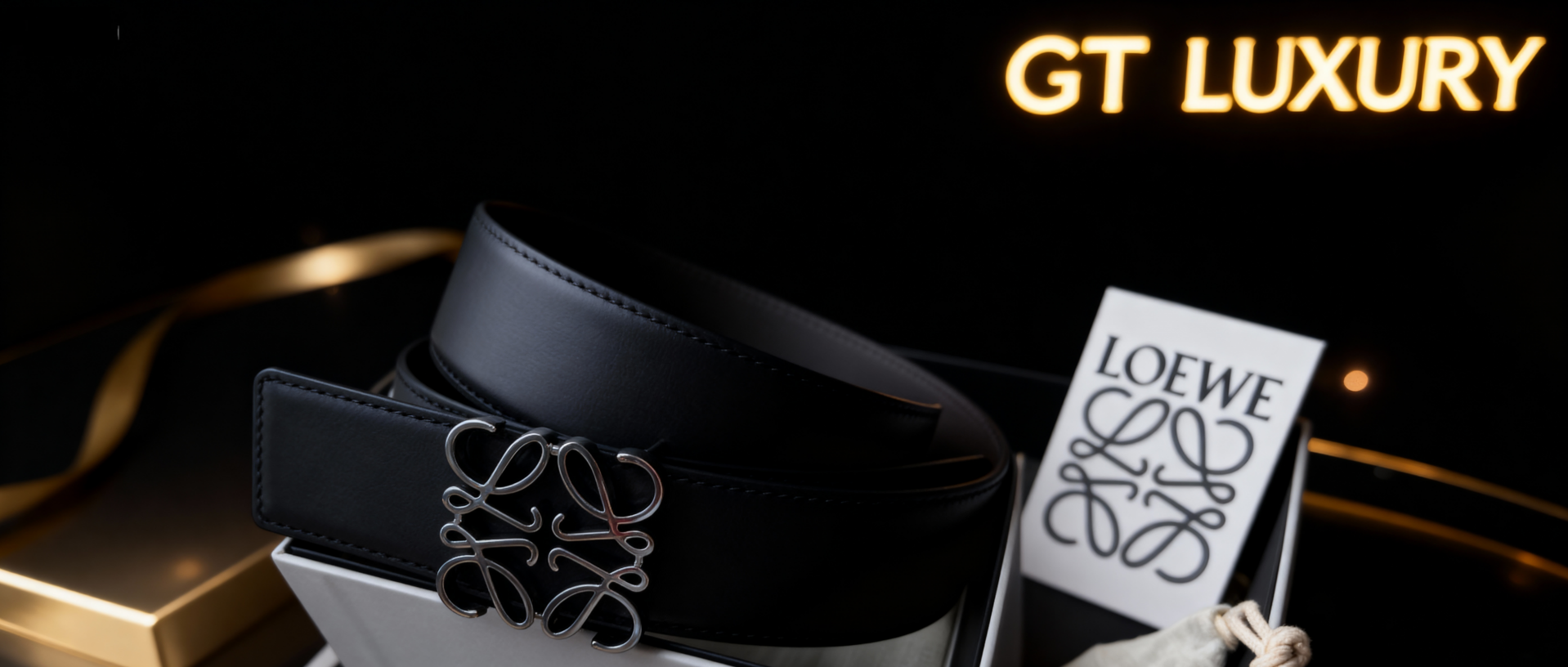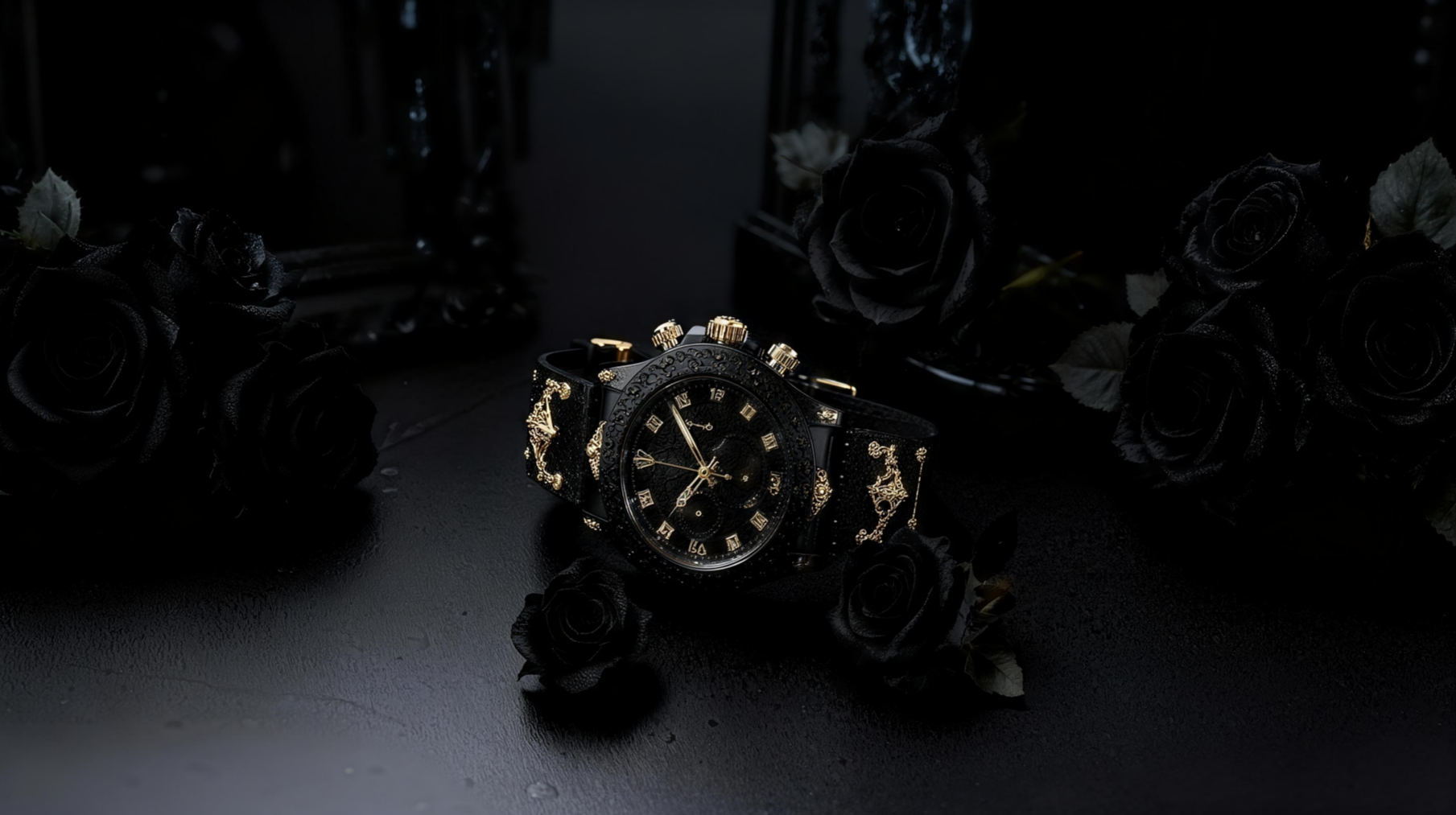How to Tell if a Leather Belt is Good Quality
A leather belt is more than just a functional accessory—it’s also a subtle reflection of personal style and taste. A well-made belt can elevate an outfit, last for years, and age beautifully with time. However, not all leather belts are created equal. The market is flooded with belts that look like leather but are actually made from cheap composites or low-grade materials. Knowing how to identify a high-quality leather belt can help you make a smarter purchase that combines durability, comfort, and timeless style.
1. Understand the Types of Leather
The first step in judging the quality of a leather belt is understanding the different types of leather used in manufacturing. Leather quality is often categorized by how the hide is processed:
- Full-Grain Leather: This is the highest grade of leather, made from the top layer of the hide with all its natural grain intact. It’s strong, breathable, and develops a rich patina over time. Belts made from full-grain leather can last decades if properly cared for. You can often see small imperfections or natural marks on the surface—these are signs of authenticity, not flaws.
- Top-Grain Leather: Slightly below full-grain, this leather is sanded and treated to remove surface imperfections, giving it a smoother finish. It’s still durable and high-quality but less natural-looking. Many designer belts use top-grain leather because of its clean and polished appearance.
- Genuine Leather: Despite the appealing name, “genuine leather” actually refers to lower-quality leather made from the inner layers of the hide. It’s often glued and pressed to mimic higher grades. Genuine leather belts are cheaper but tend to crack and wear out faster.
- Bonded Leather: This is the lowest quality, made from leather scraps and fibers mixed with adhesives and coated with polyurethane. It may look like leather at first, but it peels and breaks quickly. Always avoid belts labeled as “bonded leather.”
If you want a belt that truly lasts, choose full-grain or top-grain leather. They not only endure longer but also age more gracefully.
2. Examine the Surface and Texture
High-quality leather should feel supple yet firm. When you touch it, genuine leather has a slightly uneven, grainy texture, and it may feel warm or soft. Artificial leather or bonded leather feels overly smooth, plasticky, or cold to the touch.
A good test is to press your finger gently against the leather. Real leather will show slight wrinkles or stretch marks that disappear when you release your finger. Synthetic leather stays rigid and unresponsive.
You can also smell the belt—real leather has a distinct, rich, natural scent that’s hard to replicate. Fake leather or synthetic belts usually have a chemical or plastic odor.
3. Check the Edges and Stitching
The edges of a high-quality belt tell you a lot about its craftsmanship. A well-made leather belt will have clean, smooth, and even edges that are either hand-burnished or sealed. In contrast, cheap belts often show rough, frayed, or peeling edges where layers are glued together.
Pay close attention to the stitching. The stitches should be tight, straight, and evenly spaced. Loose threads, uneven lines, or sloppy workmanship are clear signs of a poorly made belt. Hand-stitched belts often indicate a higher level of craftsmanship and durability.
4. Observe the Belt’s Structure and Core
Some belts are made from multiple layers glued together, while others are cut from a single, solid piece of leather. The latter is always superior. A one-piece full-grain leather belt is stronger and more resistant to bending, twisting, or cracking.
You can test this by slightly bending the belt. A good belt will flex naturally without showing cracks or wrinkles. If you notice the surface separating from the inner layer, it’s a sure sign of bonded or fake leather.
5. Inspect the Buckle and Hardware
The buckle and other metal components can also reflect the quality of the belt. A premium belt typically uses solid metal buckles—often brass, stainless steel, or zinc alloy—with a smooth, polished finish. They feel heavy and sturdy to the touch.
Cheap belts usually have hollow or lightweight buckles that are coated with shiny paint, which chips or fades easily. The attachment between the buckle and strap should be secure, using either a screw system or traditional stitching, not glue.
6. Price and Brand Are Clues—But Not Proof
While price and brand reputation can give hints, they don’t always guarantee quality. Some luxury labels charge a premium mainly for branding, not necessarily superior materials. Always rely on your own inspection rather than labels or price tags.
However, handcrafted or artisan belts from reputable leather workshops tend to offer better value than mass-produced options. They often use full-grain leather, solid buckles, and time-tested stitching techniques.
7. Maintenance and Longevity
A quality leather belt doesn’t just last—it improves with age. Over time, full-grain leather softens and develops a unique sheen, making it even more attractive. To keep it in good condition, store it flat or hanging, away from sunlight and moisture, and occasionally apply a leather conditioner.
If a belt cracks or peels within a few months, it’s almost certainly not made from genuine high-grade leather.
Conclusion
A good leather belt is a small investment that pays off over years of wear. By learning to identify the key indicators of quality—such as the leather grade, texture, stitching, structure, and hardware—you can avoid low-quality imitations and choose a belt that offers both durability and elegance.
Next time you shop for a belt, trust your senses: look, touch, and even smell the leather. A true leather belt will always stand out through its natural beauty, strength, and authenticity.
Would you like me to adapt this article for SEO (e.g., for a leather goods store’s blog, with optimized keywords like “how to choose a leather belt” and “genuine leather vs bonded leather”)? It can help drive more search traffic if that’s your goal.



